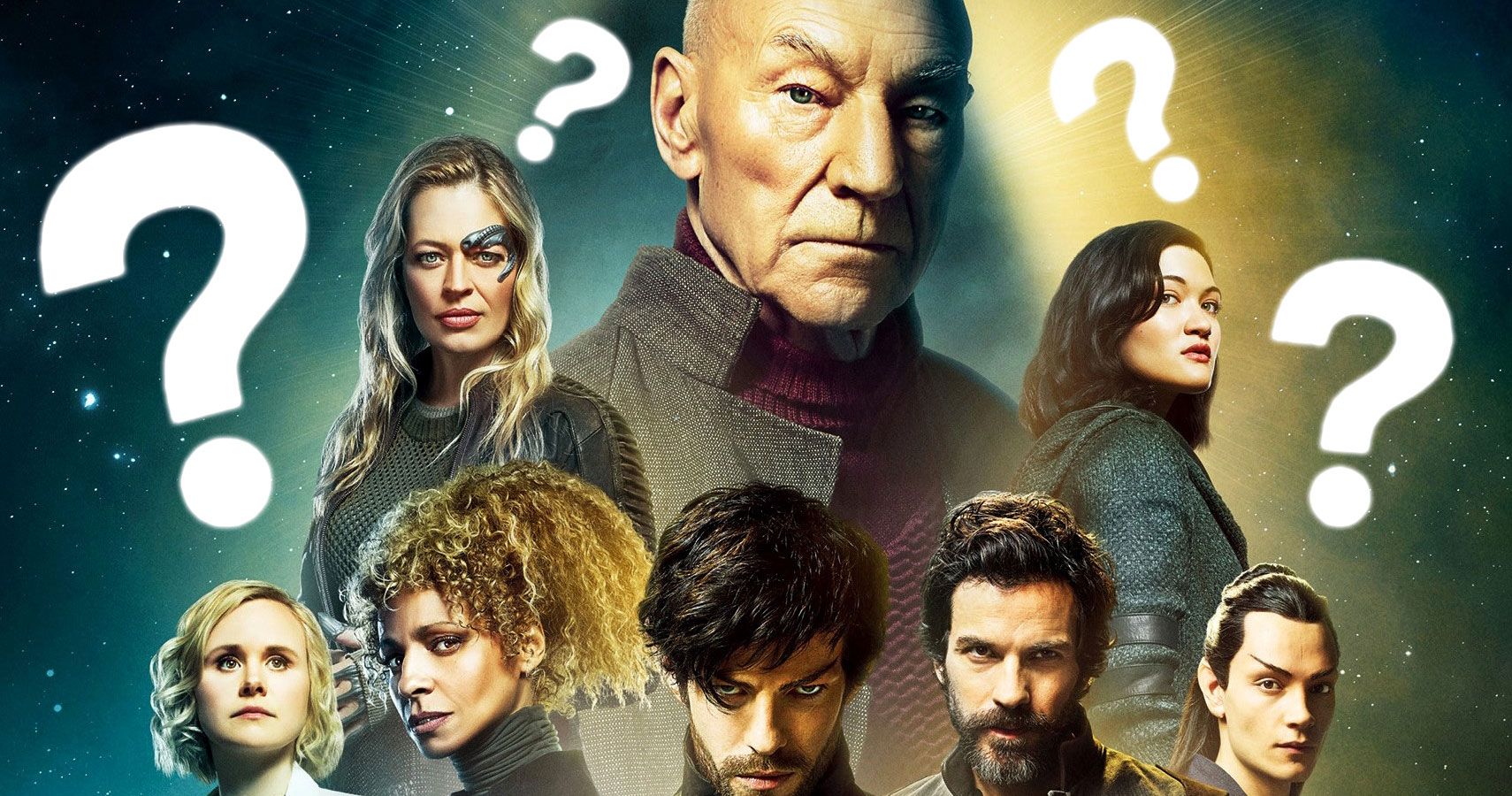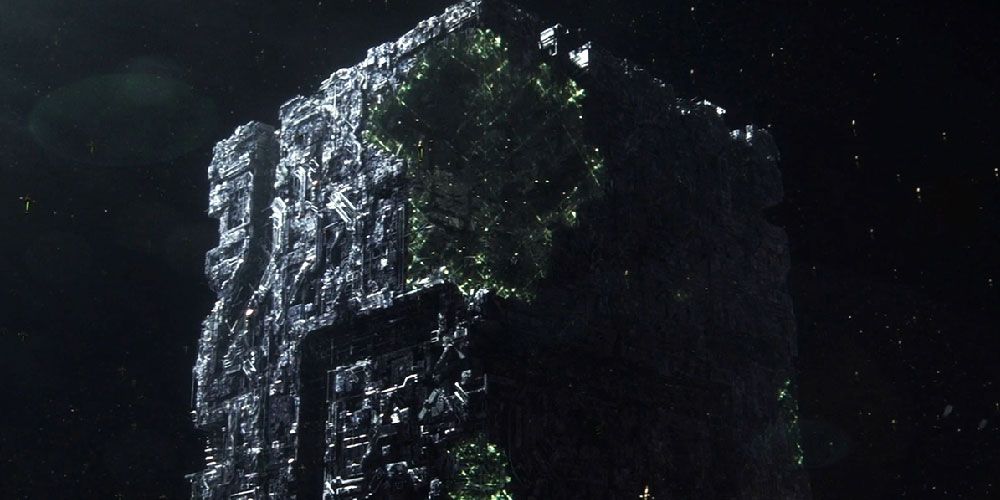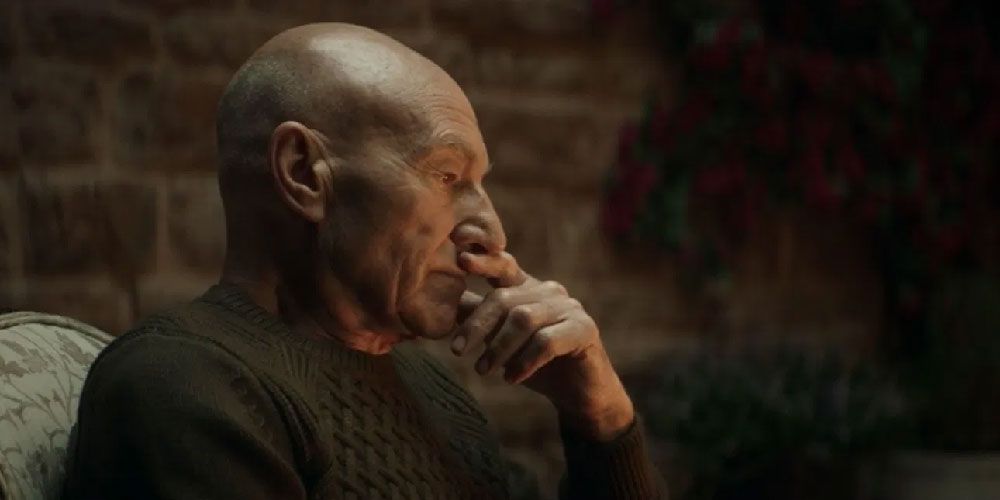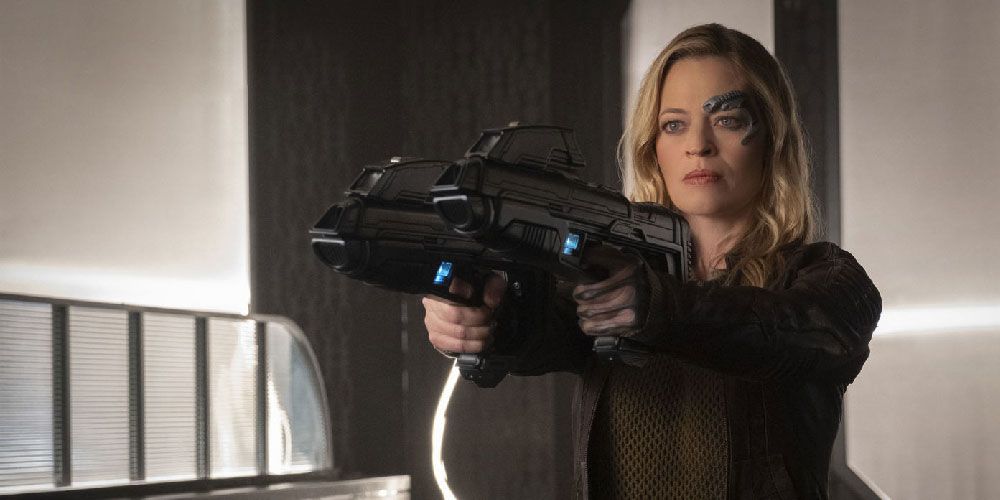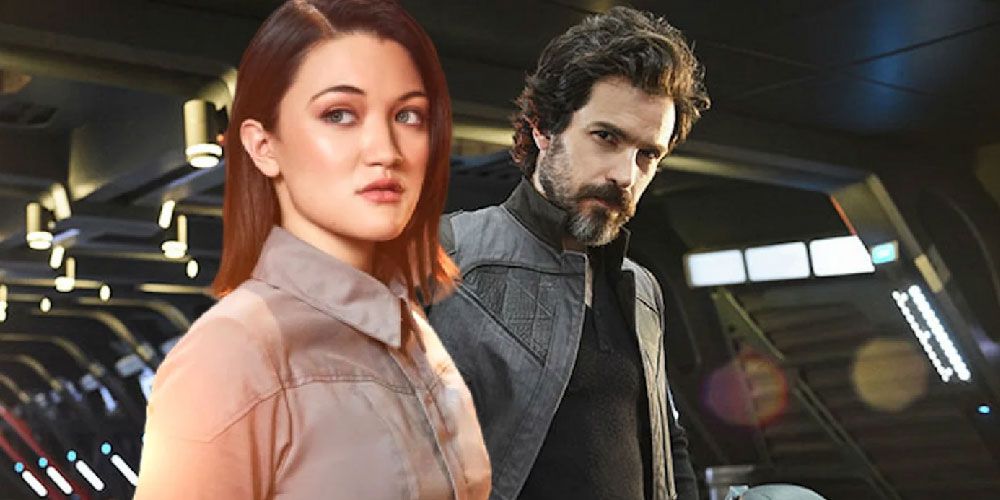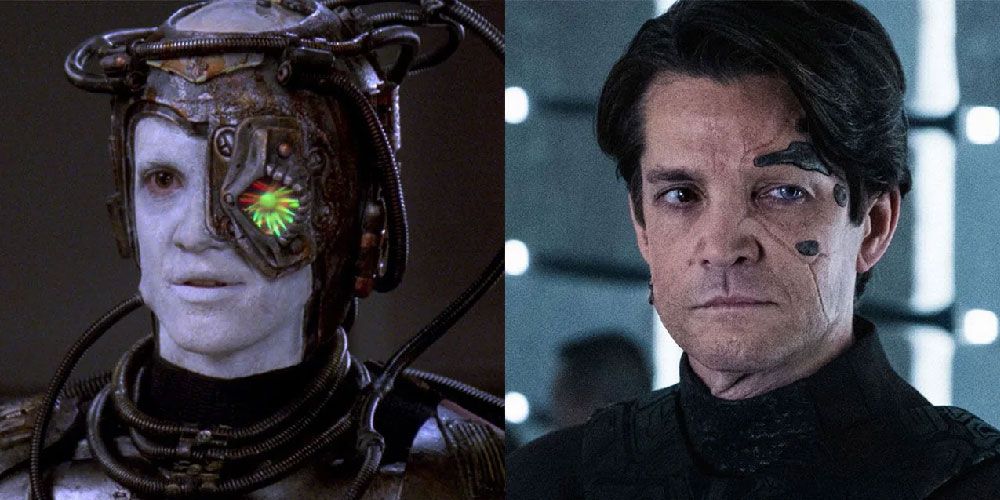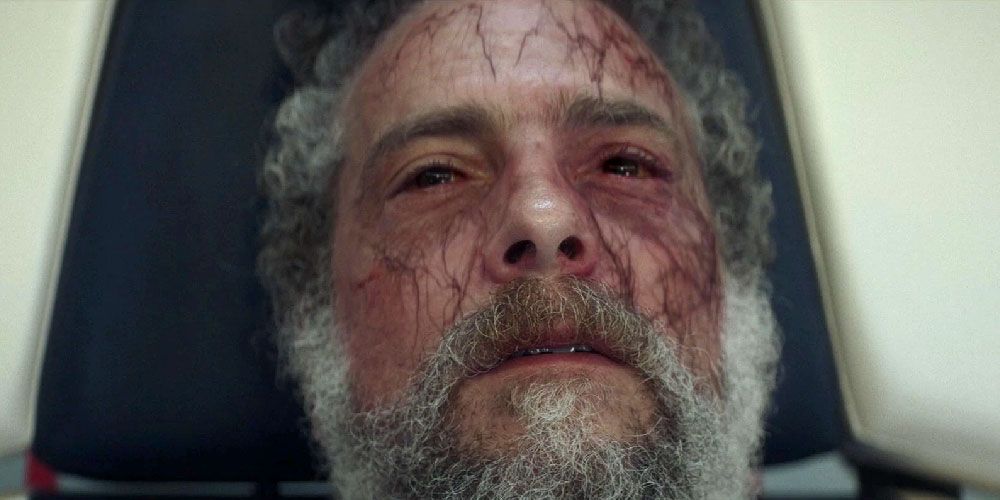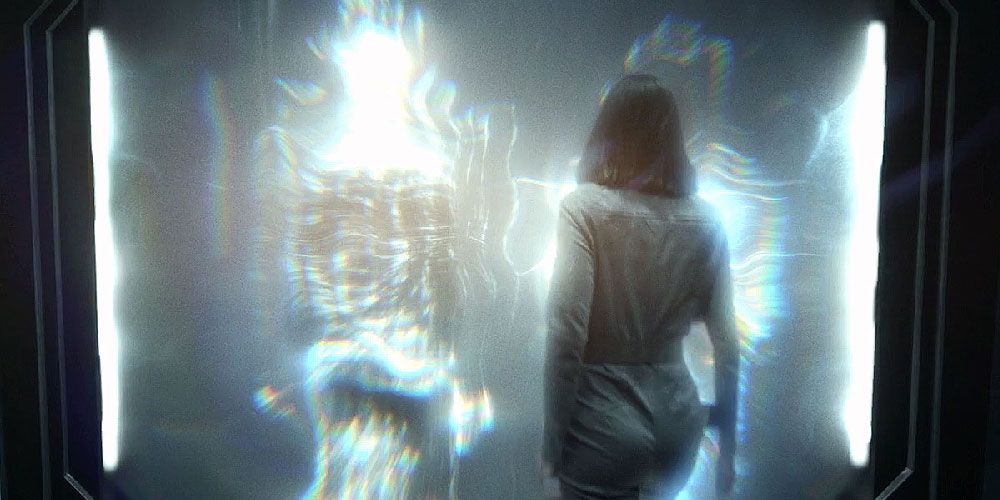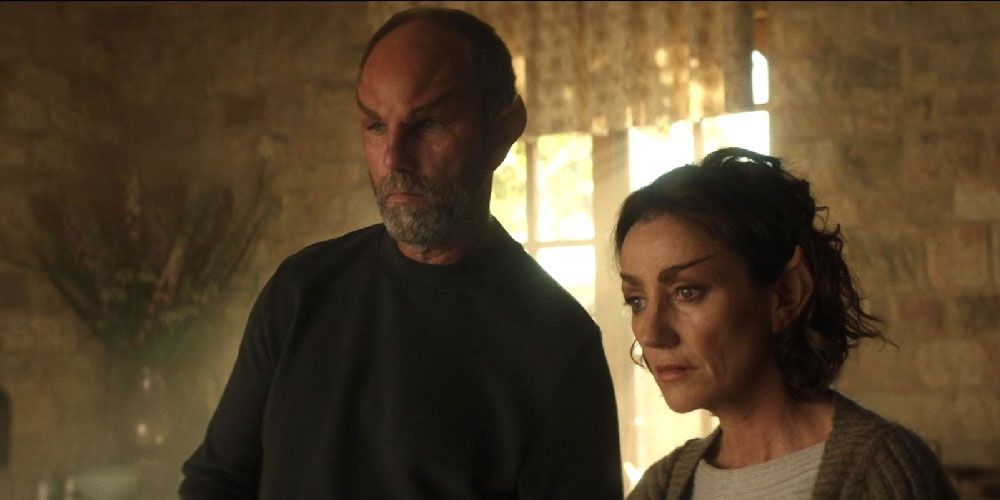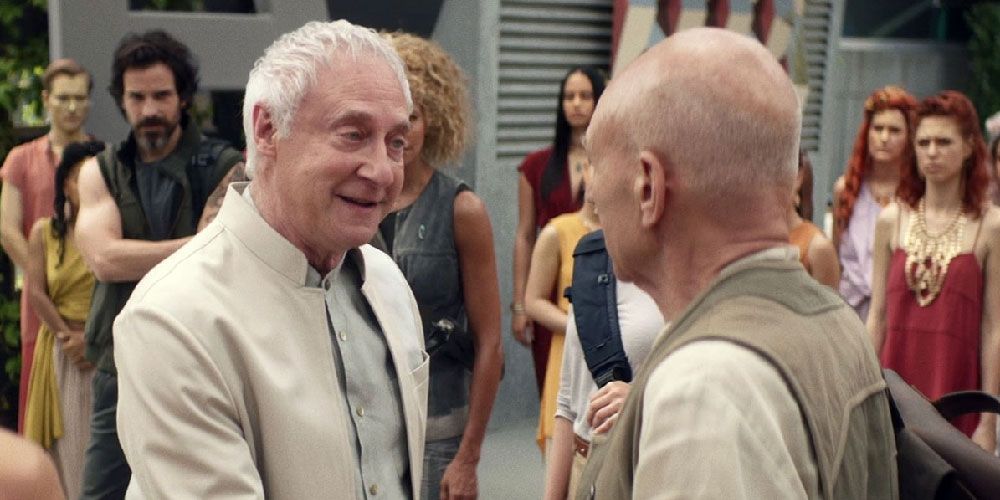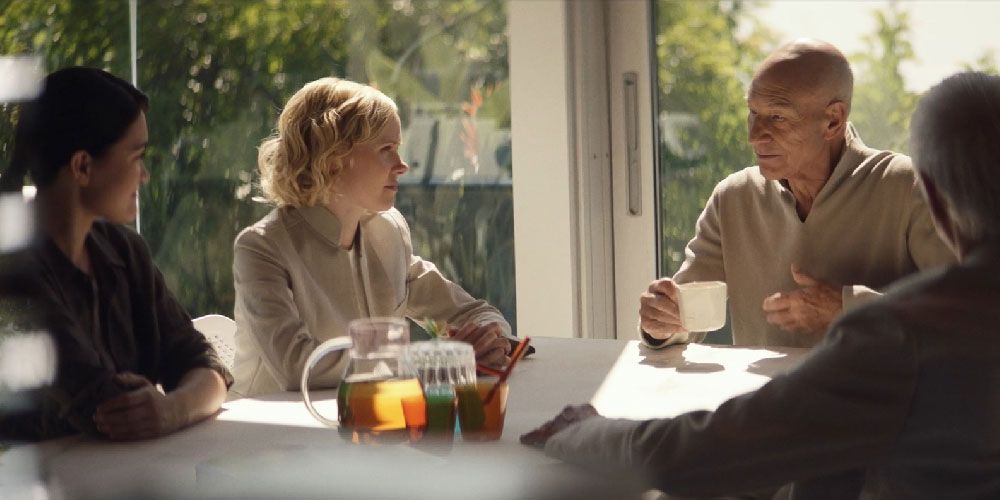Star Trek: Picard was supposed to hail the grand return of the beloved Jean-Luc Picard in an entirely new series with a brand new story to capitalize on. While the show did enjoy success and fan acclaim, it was far from perfect.
Today we're looking at 10 things about Star Trek: Picard's first season that made absolutely no sense and hurt the narrative. Here's to hoping these mistakes will be avoided in season two.
THE BORG ARTIFACT
According to canon, the derelict Borg Cube known as the Artifact was originally rendered inoperative when it assimilated the Tal Shiar ship Shaenor and assimilated its passenger Ramdha. This singular action caused a submatrix collapse when the Borg consciousness assimilated Ramdha's Admonition, passed down by the Zhat Vash.
This is a hard pill to swallow, given the sheer ferocity of the Borg hive mind, and its ability to suppress even the strongest of wills. This, combined with a purge of emotions in favor of a logic-based hive mind should have been more than adequate in resisting the Admonition, given that it took place in the past, and would be irrelevant to the Borg.
PICARD'S ILLNESS
Jean-Luc Picard is no stranger to physical afflictions. He's been knifed through the heart, which forced him to get an artificial ticker. He suffered Shalaft's Syndrome when he was young, which made him extremely susceptible to sound, and he was supposed to suffer Irumodic Syndrome in his elder years under Q's alternate timeline.
Season One of Picard introduces yet another illness for Picard to worry about, this time a terminal one. The worst part? It served no real purpose to Picard's character, or to the story. In fact, it set up the most nonsensical plot device of the entire season. More on that later.
SEVEN OF NINE'S PERSONALITY
By all accounts, Seven Of Nine seems to have lost everything about her prior personality, now acting as a normal human without any of her post-Borg mannerisms. While this is possible, it seems highly unlikely given the length of time she remained within the Borg collective.
Seven's Borg/Human dichotomy is what drove the character and gave her such a distinct personality to begin with. Stripping it away made her nothing more than a vengeful mercenary devoid of Borg logic; something the character would have found nearly impossible.
RIOS KNOWS EVERYONE
It's hard to pin down the probability of Cristóbal Rios being the one character who just happens to know both Raffi and Soji (to a point), but it's probably too low to make any sense. The one fellow in the Star Trek universe capable of giving Picard travel across the galaxy is also the same man who once encountered Soji's predecessors? Not likely.
Rios should have been given a different backstory separate from the synthetic plot-line. It's way too convenient to work well in a sci-fi setting, and it's more or less just used to hurry the story along without taking the time to construct a better one.
HUGH'S PRESENCE ON THE ARTIFACT
The last time audiences glimpsed ex-Borg Hugh before his presence on the Artifact, he was a renegade drone in opposition to Data's brother Lore, who had succeeded in forming a Borg army to attack the Federation. Hugh and Riker combined forces to launch an attack against Lore and his Borg, before going their separate ways.
How Hugh ended up on the Artifact, much less in charge of the Borg Reclamation Project, remains a mystery, and one that makes no sense. With no explanation of how he was able to remove his implants, court galactic politicians, and receive the trust necessary to run such a mammoth operation, the entire suggestion seems highly unlikely.
THE KILLING OF BRUCE MADDOX
Agnes Jurati murdered Bruce Maddox halfway through the season after being plagued by visions of the Admonition given to her by Zhat Vash double agent Commodore Oh. The question is, why? Would it not have been easier for Jurati to explain the situation to Maddox, instead of murdering the man she loved, outright?
The subplot makes little sense, especially given how quick Jurati was to jump into bed with Rios shortly after the incident. It also robbed the season of an opportunity to have Maddox and Picard reunite since their court battle, and wax philosophical about the nature of life all over again.
THE SPATIAL TRAJECTOR
J.J. Abrams' Star Trek films abused transporter technology in the most callous of ways, much to the dismay of tech-minded Trekkers. Picard did the same thing with the Borg Artifact's spacial trajector, a device that could transport individuals across vast (too vast) distances in the blink of an eye.
With Borg trans-warp technology requiring a massive amount of resources and careful calculations to operate, why didn't they simply use spatial trajectors to assimilate entire planets, such as Earth? It's another example of a convenient piece of technology conjured out of thin air for the purpose of easing the writer's burden.
THE ROMULAN FLIP-FLOP
The Federation seems to turn a blind eye to the destruction of Romulus, refusing to send rescue ships to help them in their hour of need. Picard is even given a lashing for suggesting that the Federation save its mortal enemy, which begs the question - why are there Romulans on Earth?
If the Federation found Romulans to be such a security threat, would they not be banished outright? Why does Riker mention Romulan space? Why on Earth would the Federation allow Romulans to have access to the Borg Artifact? Either the Federation's priorities are out of order, or someone left a glaring plot hole wide open for scrutiny.
MORE SOONGS
The character of Altan Inigo Soong appears literally out of nowhere and reveals himself to be Noonian Soong's son. Possible, but highly improbable, since neither Data, Lore, or Juliana O'Donnell ever mentioned such a person. It is possible that Juliana was his stepmother, but that seems improbable given her rhetoric.
Soong's introduction at the end of season one feels like a call-back to Enterprise's Arik Soong. In short, this has already been done before, and to a better degree. Bruce Maddox should have been the sole, principal lead on the synthetic project, rather than bringing Soong in to fill the gap after his murder.
PICARD'S NEW BODY
Perhaps the silliest plot device of the entire season occurs at the end, when Picard succumbs to his terminal illness and dies. He reawakens to find himself in a synthetic body, where he's given a second shot at life. The body just happens to look identical to his old body, has no super-strength or enhanced abilities, and it has been programmed to continue his natural life cycle, without giving him so much as a few more years on the clock.
It's impossible to come to the defense of such a ludicrous character arc, as it makes absolutely no sense. It also calls into question the need for Picard to have a terminal illness in the first place. It wasn't necessary for him to yearn for the stars once more, nor did it have much impact on him wanting to help Data's offspring. He would have done that, regardless. The decision not to alter Picard's synthetic body in any way, shape, or form makes the entire death arc meaningless and contrived. It's a far cry from his death story in the Next Generation episode "Tapestry," where Picard comes face to face not just with his own mortality, but his life choices up to that point.

